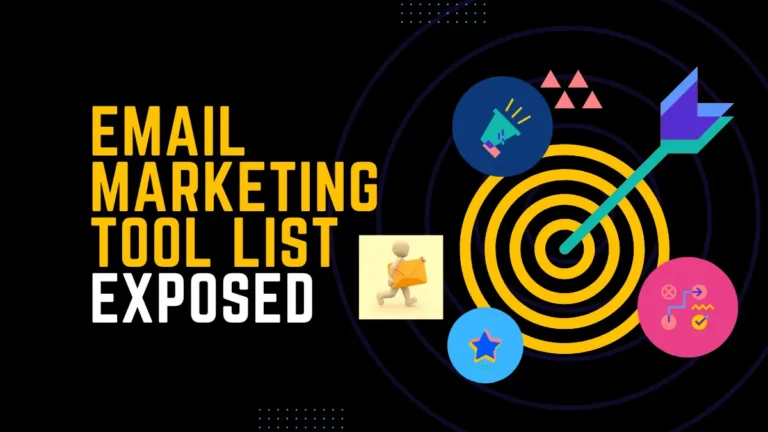You may love it or hate it, but there is no denying that SEO is the backbone of successful online marketing. This claim has never been so true as the current pandemic has brought even most reluctant businesses online making the competition in e-marketing tougher than ever. The fact that Google constantly updates its search results algorithms does not make things easier either. As a result, SEO activities become sort of a double-edged sword that can be a source of success and profits or frustration at time and effort that do not bear any fruits.
There is good news, however. Keeping up with the competition and adapting to the constant algorithm updates may be not as difficult as it seems. To prove this point, we would like to share a few tips on how to keep your SEO strategy effective.
Let’s return to the basics
This may seem redundant. But let’s hold on for a minute and restate what may look like an unnecessary truism: the definition of search engine optimization. SEO is the process of modifying the content so that it shows on top of the search results list. The often overlooked meaning of this sentence is that SEO stays in the intersection of machine algorithms and human needs of the people who rely on those algorithms to give them the results they are looking for. Google has consistently been adapting to serving the user which means that content creators must do the same thing. This may look easier said than done, but here are some tips on how to achieve this goal.
Write for your audience, not the engine
The rise of Big Data has had an unexpected effect on online marketing. The information on what people search and, more importantly, how they formulate their search requests has made it appealing to focus on the technical side of marketing content by putting as many keywords as possible. It is also an appealing idea to write texts that search engine algorithms would not help but place on top.
This tactic does not work anymore. The engines are constantly updated to filter through spam and offer the clients the content beyond the keywords. Therefore, modern marketing content must be appealing to the person behind the screen rather than the machine that person uses.
It does not mean that SEO metrics are not relevant. However, the competition in online marketing makes it necessary to provide the content that is worth your potential customer’s attention. There are several ways to achieve this goal.
Do not put all eggs in the same basket
To cover as wide an audience as possible, you need to create a variety of content. One of the dimensions in which the diversity is easiest to apply is the length of your articles. The natural instinct of a marketing professional is to find the perfect balance between providing as much relevant information (and, let’s be honest, keywords) as possible and making the articles lengthy to the point of becoming boring (lots of students in such cases use help from the writing assistant). In fact, you may apply both lengthy detailed texts and relatively shorter ones as part of your SEO strategy. Such diversification ensures that you get leads from people interested in both large pieces of information and tidbits focusing on most relevant issues.
Go mobile
We know that people tend to spend at least as much time using their portable screens as they work or spend leisure time on their computers. Google knows it too. Therefore, it is only natural that websites optimized for mobile use get higher rankings. This consideration also implies that the information offered on your web pages is easy to digest even if it is presented as a relatively long narrative.
Make sure that your website is fast
Another instance in which being user friendly is going beyond the issue of content is the performance of you web-page. Google favors pages that load fast and do not contain any glitches or errors. This observation brings the realization that nowadays successful lead generation effort is no longer the sole responsibility of your marketing team. Ranking top in search engine recommendation becomes the product of successful teamwork across departments and roles.
If it works, let it work
Returning to the more technical side of SEO processes, it is important to pay attention to common advice from professionals: do not be overzealous in adapting your best performing web pages. It is only natural to want to add that extra boost to your top performers, especially bearing in mind that SEO is in its core a never ending process of optimizing the existing content. However, the key to success is fixing things that stop working while letting the things that do perform.
First and foremost, it is a matter of allocating resources. Some companies tend to focus on improving well performing content even further instead of putting effort into improving the pages that do not yield expected results. This approach is appealing, but it is disadvantageous in the long run. You need to balance the quality and quantity of your lead generating websites for the optimal results.
Use videos
When we speak about keeping pace with modern technological trends, it is impossible not to mention the potential of video content for your SEO strategy. There is a slight caveat, though. In order to be recognized by the search engine properly, you need to add a full transcript of the video to make sure that its whole content is analyzed by the engine and then offered to the user.
At the same time, this condition can be viewed as an advantage as it relieves you from the pressure to condense the whole video in the description and hope that it will do.
Do not be afraid of the future
Online business is continuously evolving, and your SEO strategy has no choice but to keep pace with these advances. Fortunately, staying on top of the wave is not as difficult as it may seem as long as you follow several simple principles:
- Keep the prospective clients interest in mind while producing content.
- Don’t be shy to provide content of varied length.
- Make sure that your web pages are responsive and convenient to the user.
- Enhance only the things that need enhancing.
- Use videos as a part of your SEO strategy.



